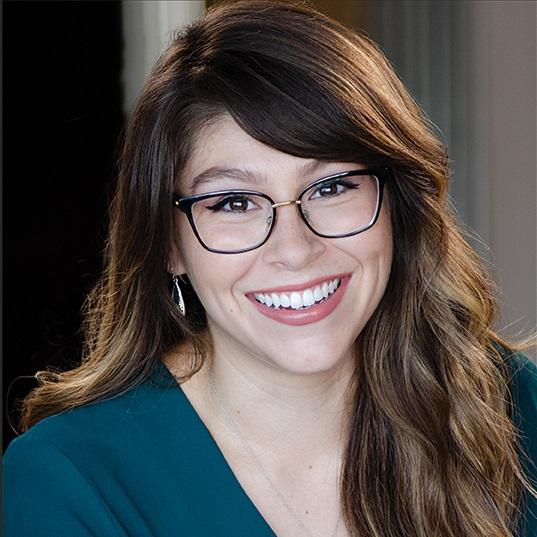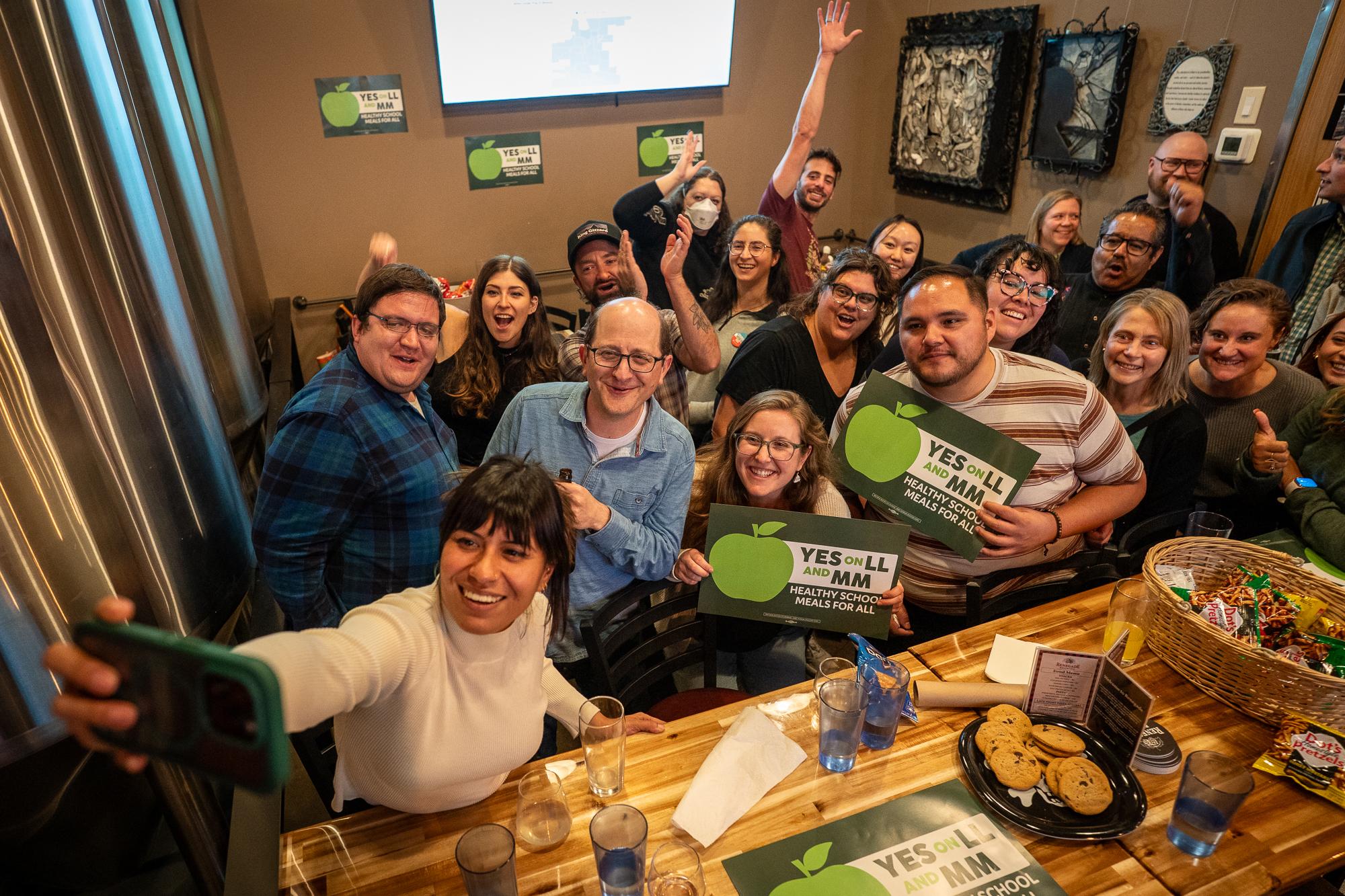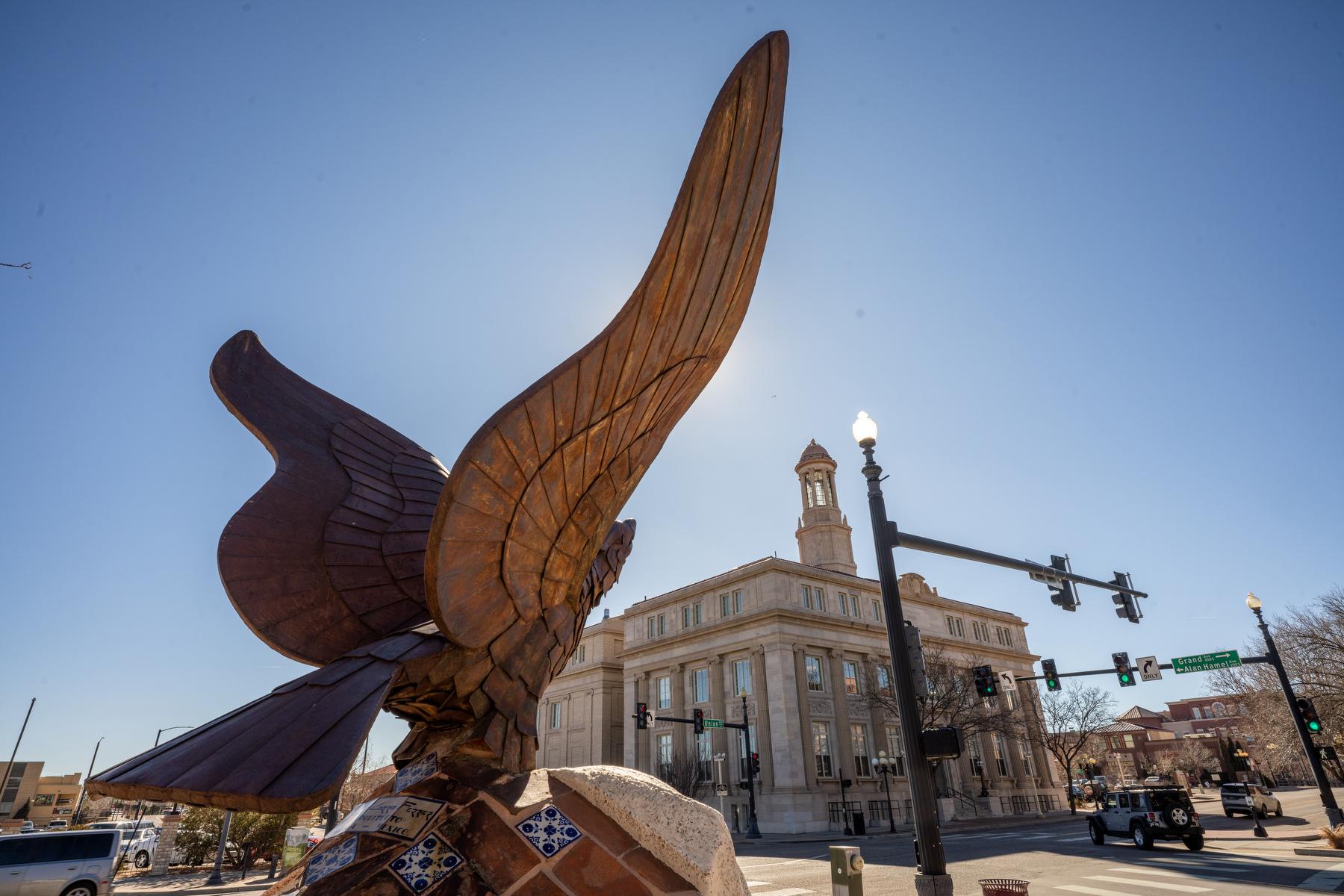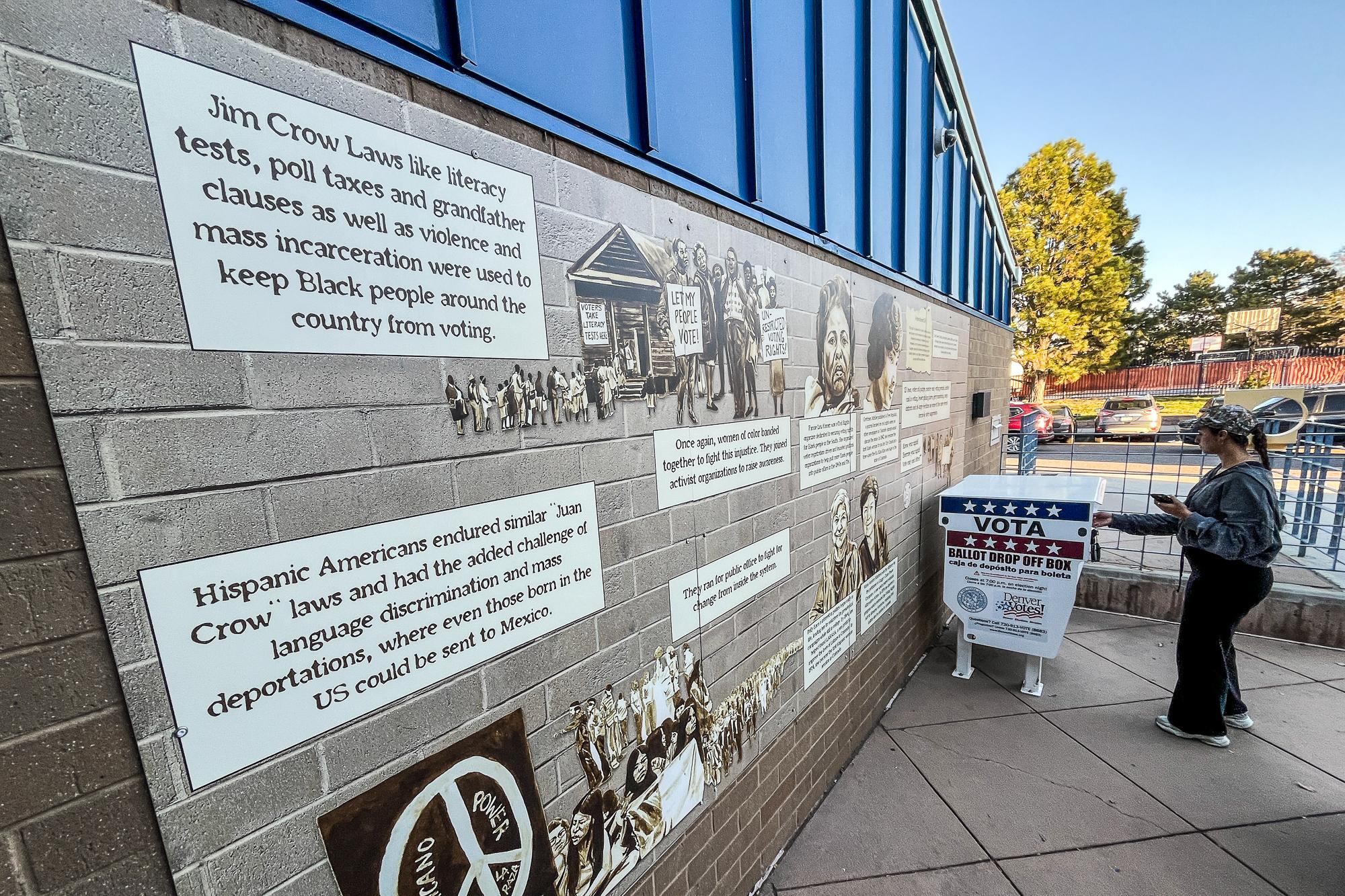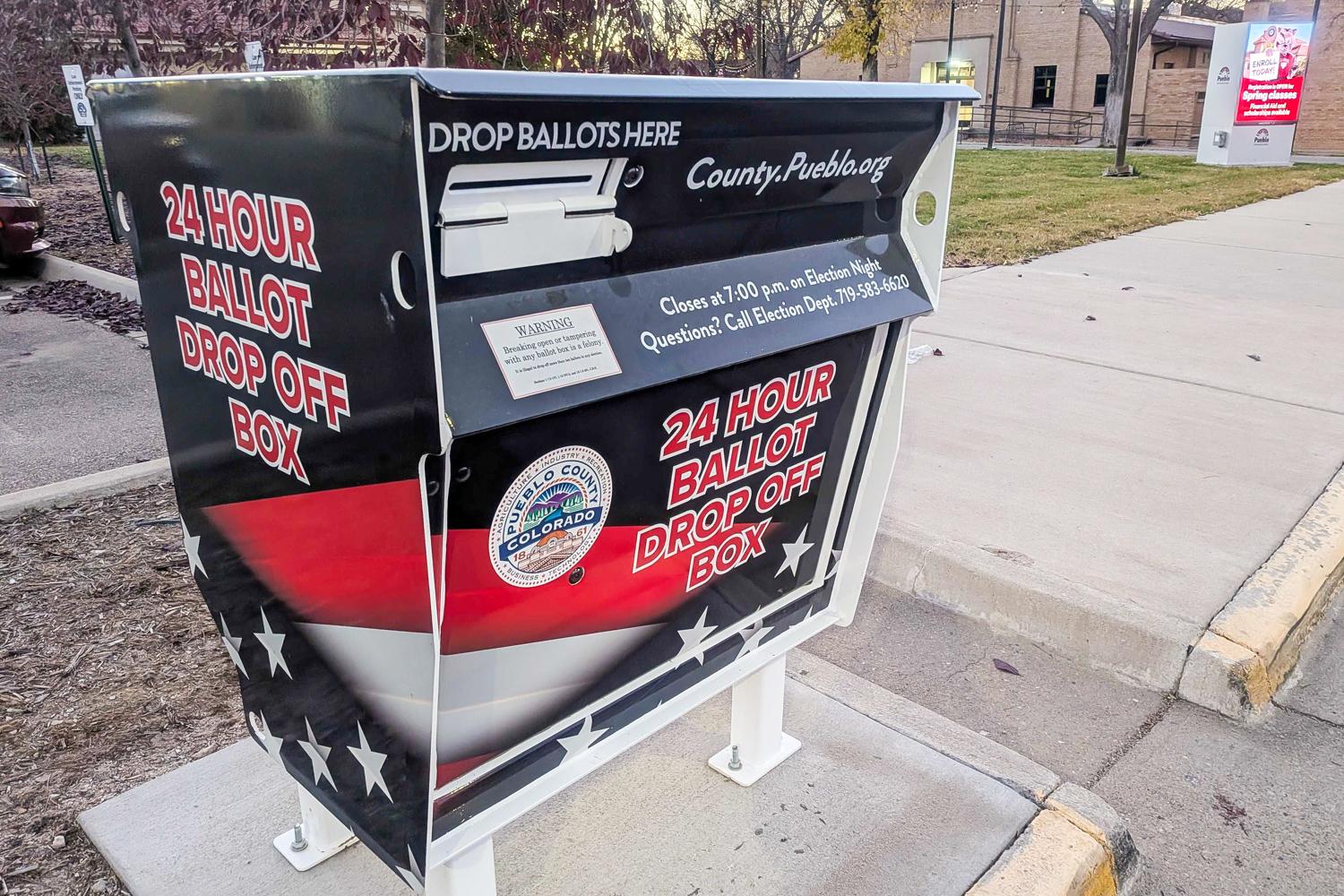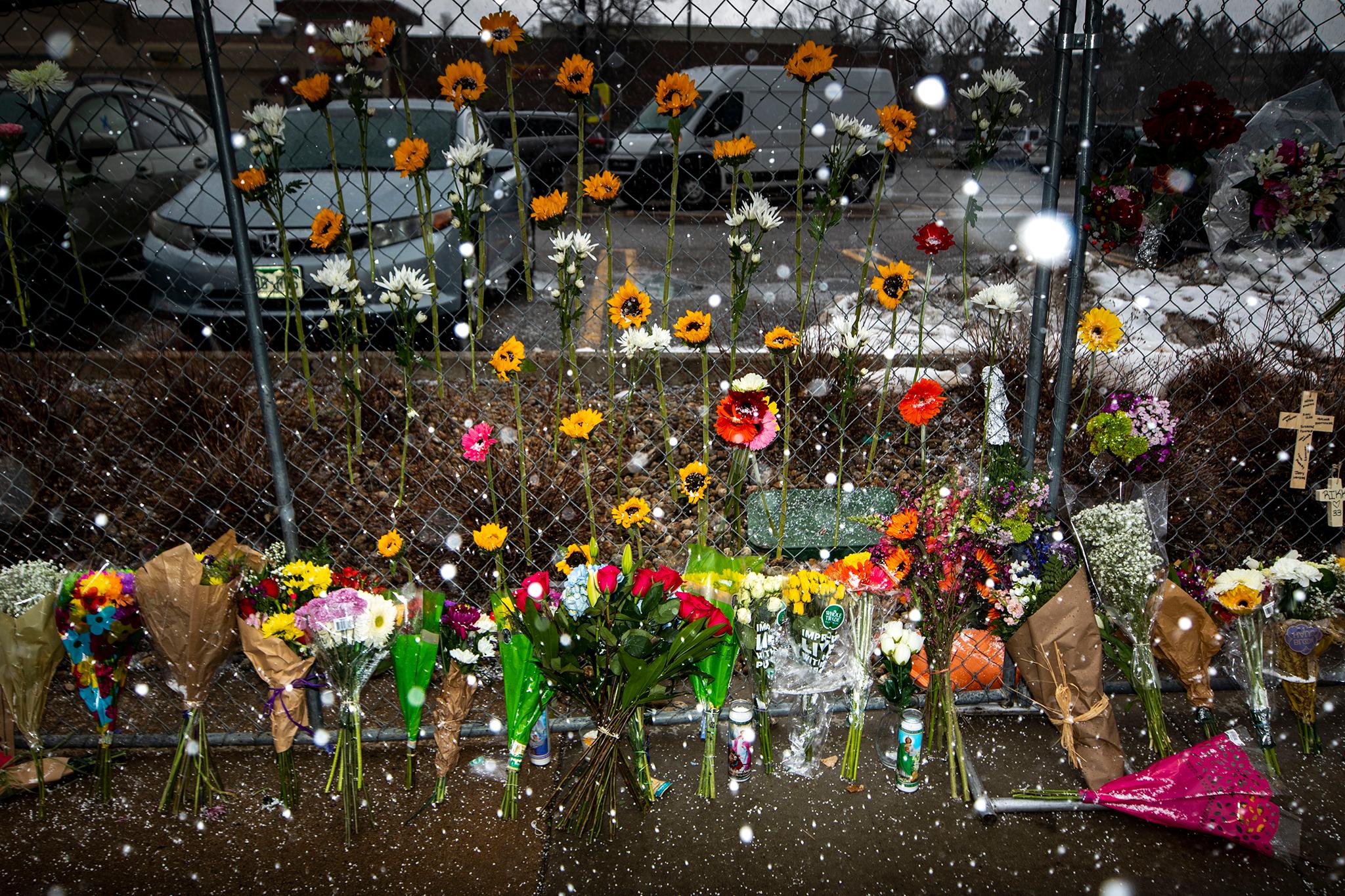
If you haven’t read our story, do so before you read this.
Hey there, Hayley here. I’m a reporter for CPR. I report on how money impacts people’s lives and I also cover faith-related stories.
And sometimes I have to jump in and cover breaking news, like when a shooter opened fire at a grocery store in Boulder and killed 10 people almost a month ago. It’s Colorado’s worst mass shooting in a decade.
I’ve covered a shooting before, but this one felt different. Maybe because it happened at the tail end of a traumatic year. Maybe because I had built a little community of my own in the city of Boulder while attending school there.
You’re probably here because you’re curious about my story that explores the grief we’ve experienced over the last year and the poem in that story written by Rev. Amanda Henderson.
I want to talk to you about why I wrote the piece.
The week before the Boulder shooting, I sat in on a town hall for Asian Americans and Pacific Islanders, who had been grieving another shooting at an Asian spa in Atlanta.
Seeing people there grieve together was the first time I recognized the new level of exhaustion caused by the pandemic. Paired with last year’s calls for long-overdue racial justice among other trauma, it felt like we, as a society, were collectively grieving the loss of loved ones, opportunities, time and everything else in between.
If you need help, dial 988 to reach the Suicide and Crisis Lifeline. You can also reach the Colorado Crisis Services hotline at 1-844-493-8255 or text “TALK” to 38255 to speak with a trained counselor or professional. Counselors are also available at walk-in locations or online to chat.
The day after the Boulder shooting, I was sent to grocery stores to interview service workers about how they felt about going to work. I reluctantly jumped in my car and headed to retailers. I expected to get a lot of blank stares, mostly some polite “no's” and maybe one or two eye rolls when I approached folks.
After about two hours, only one person agreed to an interview. He stocked the shelves with beer and said he hoped the shooting was a one-off event. He talked about how the last year had been especially challenging for service workers dealing with upset customers at busy stores while trying to stay safe, both from the virus and now from people with horrific intentions. After we finished our conversation, the store manager swiftly escorted me out — the third time to happen that day.
As I walked to my car, I thought about what a horrible year so many people have had.
I knew then that we needed to reframe how we were thinking about the shooting. The standard media frenzy wasn’t going to cut it. People were craving a place to be together and heal.
I started to think about who we turn to when we grieve. Some people look to their pastor, rabbi, imam or another faith leader. I turned to Rev. Henderson, who works through an interfaith lens. I told her what I was seeing and how I was feeling. And she said she saw something similar while watching the news the night of the Boulder shooting.
“There was something different in the level of exhaustion that it seems that people were embodying,” she said. “It wasn’t just their words. It was their face. Their expression. Their posture. The heaviness.”
I asked her if she had any thoughts about how I could convey that feeling to our audience.
She said she had a “creative idea.” A mentor of hers had introduced her to the Anglican Rosary. She leans on it during challenging times.
“It creates this grounding that can hold to what’s most important when we are struggling to remember who we are.”
She suggested writing a poem grounded in those same rhythms. It didn’t have to be tied to any faith tradition. But it was an embodiment of that idea. She thought each of the seven sections of the poem could be represented by someone who experienced pain throughout the year.
I liked the idea and how different it was. I talked to her about who each person would be. It was important to both of us that they came from different life experiences and cultures. She helped get me in contact with people. I interviewed them about what life had been like the last year and how they had been coping. I also asked them to reflect on what they took away from Rev. Henderson’s poem.
I hope her poem and the stories of the people who represent each section of her meditation bring you some peace. I know it did for me.
Thanks so much for reading,
Hayley
Got questions or comments? You can reach me at [email protected]
